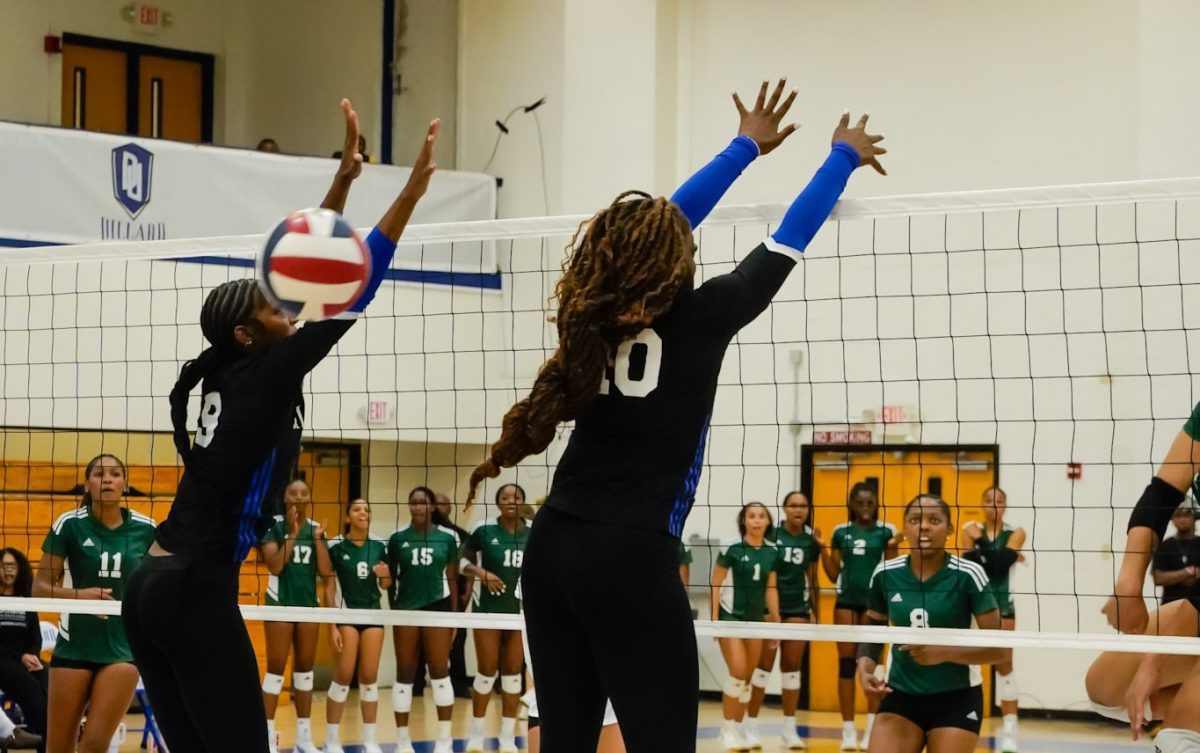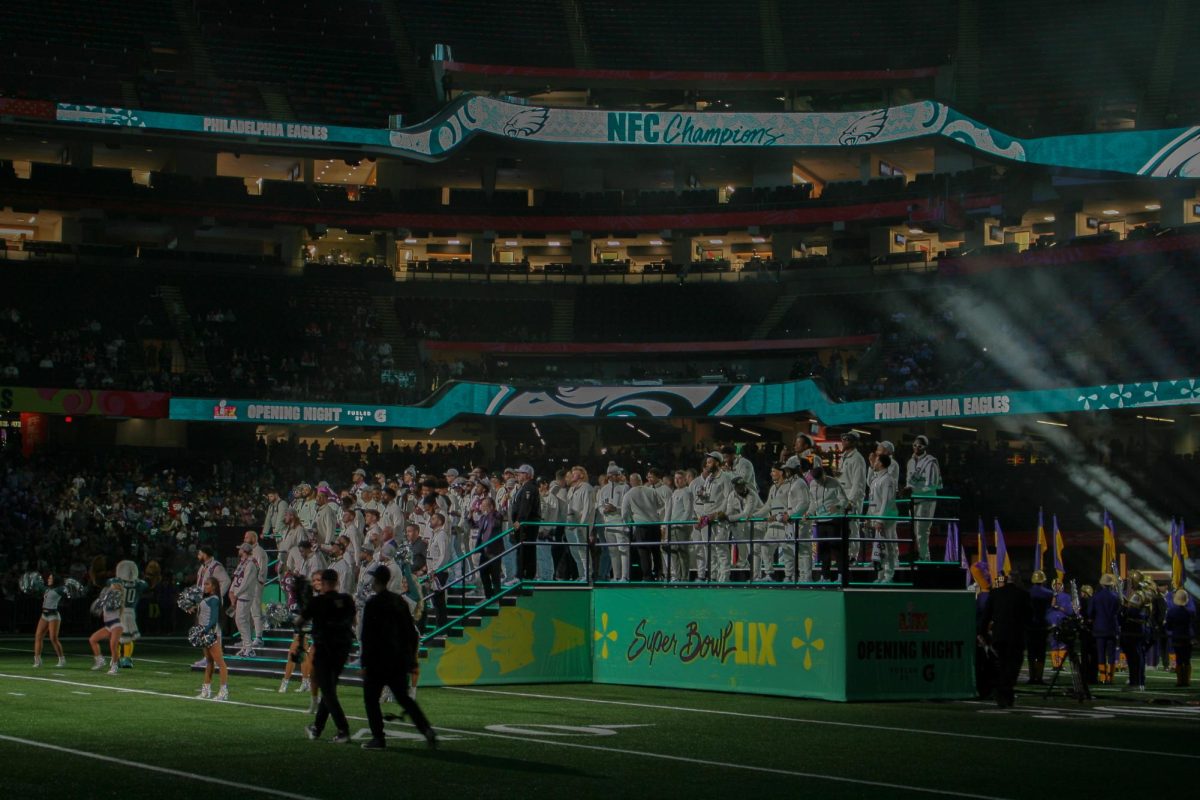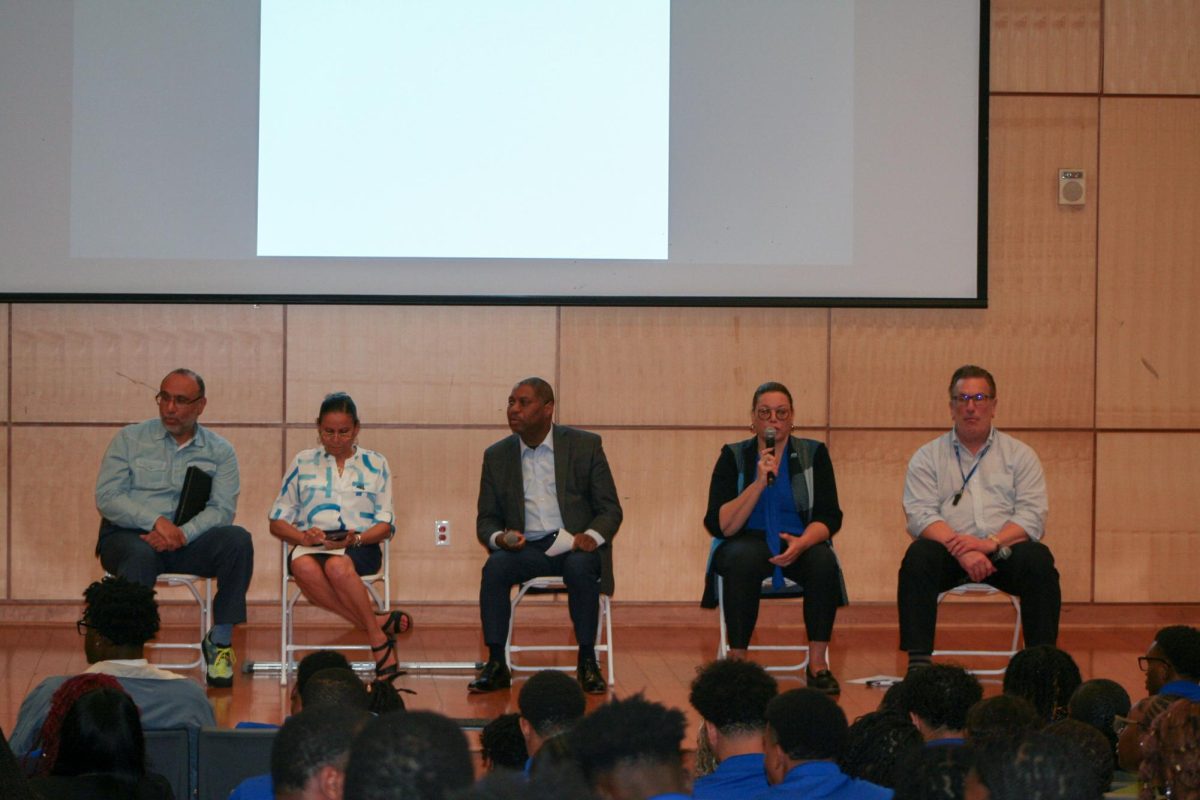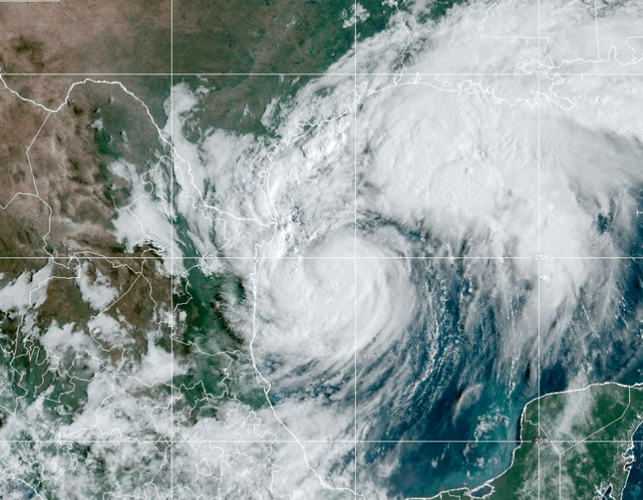The views of many young adolescents in today’s society are often altered by the false representation of beauty displayed by today’s media and pop culture.
Television, movies and music have presented the world with a superficial representation of the true meaning of beauty. In the media beautiful people have been known to be smaller in size, lighter complexion and of predominantly white or European features.
This view has lead today’s children and teenagers into a world where those who don’t fit in these particular categories find themselves feeling ugly and unattractive. Evidence of this theory has been found on high school and college campuses across America.
Many students feel the need to neglect their true selves so that they can be fit and be accepted by the masses who are thought to be better or as some would say "trendy" or "in style."
Dillard University’s chairperson of psychology, Dr.Keith Wismar, believes that "young women more than men feel the need to be like one another as a form of acceptance."
"Young people use television and music as a guide to create identities for themselves as a need to fit in," Wismar said.
Most of today’s successful television shows are also centered on this superficial reality. Shows such as "Friends" and "Will and Grace" display wealthy characters that happen to be white and have almost perfect physical conditions.
Movies are also guilty of this as well. Most of the successful actors and actresses presented on most movie screens are slim Caucasians, and those few who are Black such as Halle Berry and Will Smith are lighter in complexion.
The aspect of media, which most drastically affects today’s youth, is the pop music culture. pop icons such as Brittany Spears, Christina Aguilera, Justin Timberlake and Beyonce Knowles make their fans all across the world feel that their particular image is the way to be. Instead of self-appreciation and acceptance many of these artists douche out the idea that the runway model look is the prime example of beauty.
Junior political science major, Devar McKnight, believes that some of today’s music artists are sending negative messages to teenagers in regards to popularity and acceptance. "Most students feel that they are not cool or even worthy of friends if they don’t sculpt themselves in the image of stars," McKnight said.
Many African American teenagers who take part in this pop culture often find themselves struggling with the question "Is big and black a beautiful thing?"
After seeing certain images portrayed by the media, many black teens with larger frames and darker complexions find themselves isolated, living in a world where their particular look in not appreciated.
In contrast to the pop culture there are a handful of music artists who represent themes of unity and Afro-Centrism. Artists like India.Arie and Jill Scott celebrate blackness and tend to lean toward the idea of loving yourself for who you are in spite of color and size.
"Artists such as India Arie give African American teens a reason to be proud of their rich heritage and culture," said Tristen Davis, a freshman theatre arts major. Students learn to embrace themselves and cherish the beauty of their race when they see performers who look average and give more of a natural aura to their young audiences.
In order for adolescents to overcome this problem Americans must learn how to embrace all kinds of people, regardless of race and size. If we do not start to display more ethnic features and appearances in today’s media our view of true beauty will forever be one-sided.

































